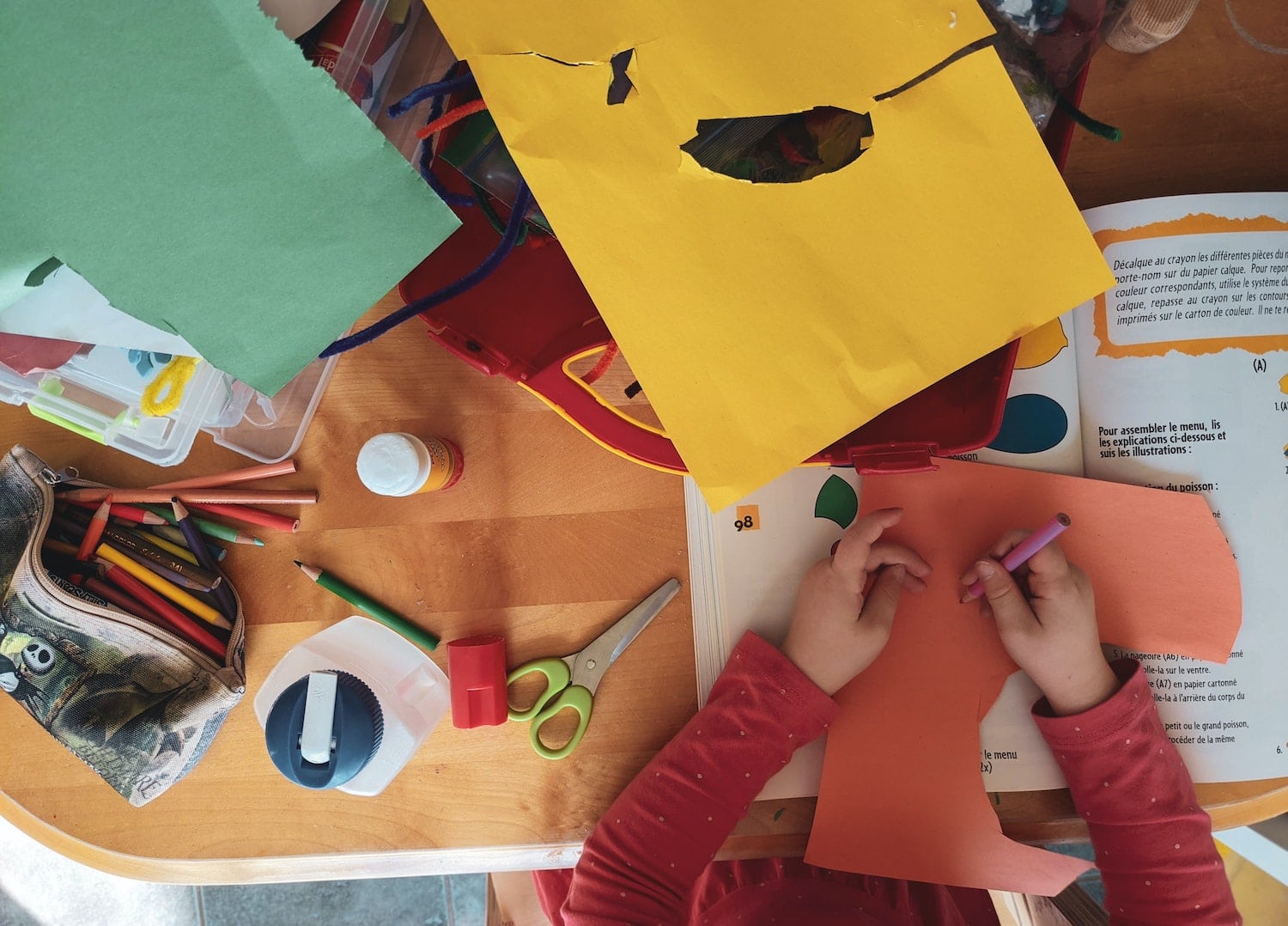AD | Collaborative post
Did you know that everyone has a different way of absorbing information, known as a learning style? There are three main learning styles: visual, auditory, and kinaesthetic. By establishing which of this learning style is most suited to your child, you will be in a better position to help them with their overall education. I have teamed up with one of the UK’s top boarding schools to share some information about the different learning styles and what to look out for in your child to help you determine which category they fall under.
Visual Learners
Visual learners are better at absorbing information when they can see it, either in written form or as an image. They tend to be quite observant and prefer reading books over listening to podcasts as a source of entertainment. When studying, they like to use lots of coloured pens and highlighters to ensure the information is visually appealing.
If you think you child is a visual learner, make sure they have somewhere quiet to study, as they tend to work best when they’re alone and not distracted. When teaching them something, encourage them to write it down so that they don’t forget and perhaps consider buying a little whiteboard that you can use to help them with their homework. It’s also a good idea for visual learners to sit at the front of the classroom so that they can easily see the board, so this is something you could consider chatting to their teachers about.
Auditory Learners
Auditory learners, on the other hand, find it easier to understand things that are verbally explained to them, rather than reading about it in a textbook. They often chat about a problem to try and get to the bottom of it and tend to thrive in classroom discussions. When studying they might read aloud and repeat things over and over to help them remember it.
If you think your child is an auditory learner, make sure they have the necessary tools and toys to listen to and create music. Sing nursery rhymes together and read to them when they’re young and encourage them to come up with rhymes and jingles when studying to help them absorb the information.
Kinaesthetic Learners
Last but not least, kinaesthetic learners are drawn to hands-on activities and prefer subjects like PE, Art and Drama. They are most engaged in a topic when they can interact with it by using their senses. Kinaesthetic learners tend to be quite fidgety and cannot sit still for long periods of time.
If you think your child is a kinaesthetic learner, encouraging them to sit at a desk to study or complete their homework will not be affective. They need to move around whilst they’re learning, so perhaps you could go for a walk together and discuss some of the topics they’ve been covering in lessons. Try and vary when and where they complete their homework to mix things up.

